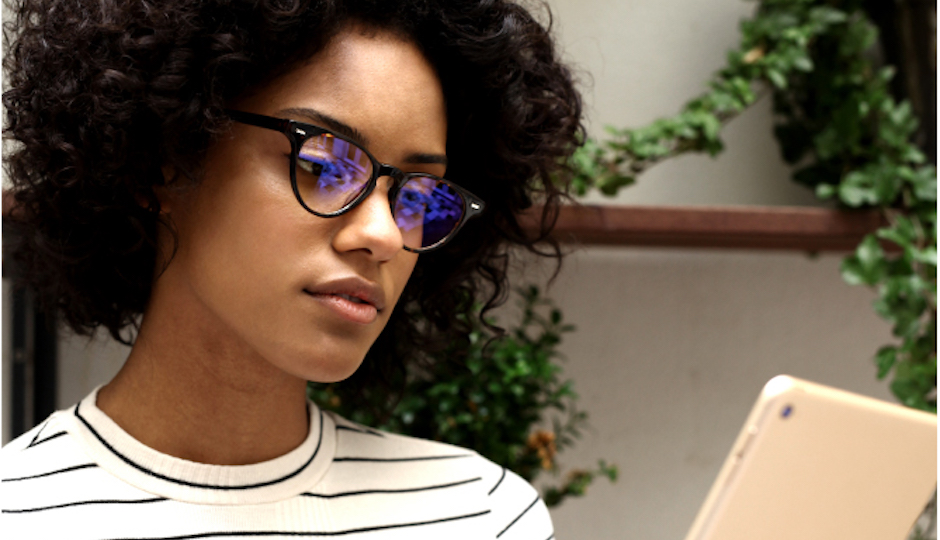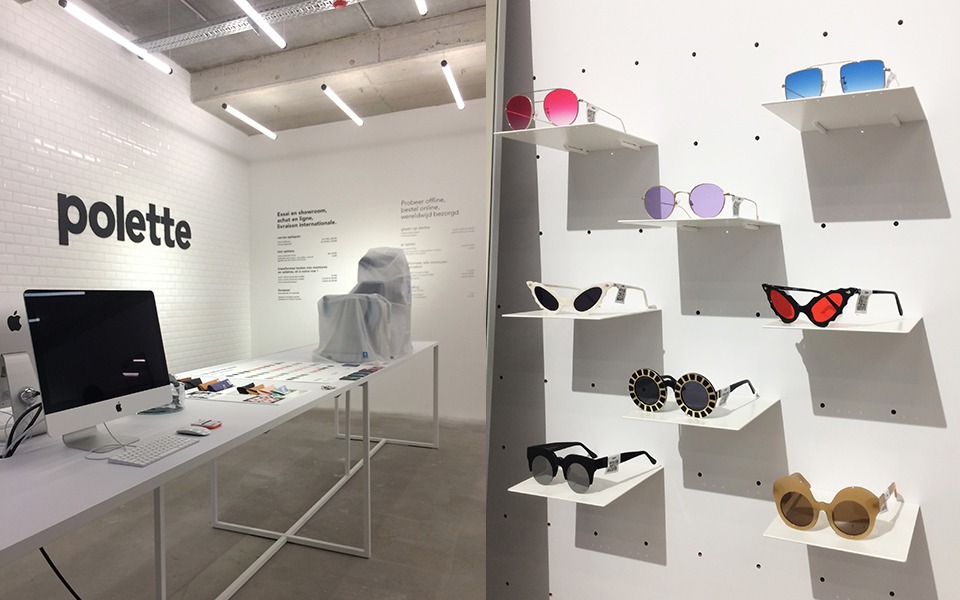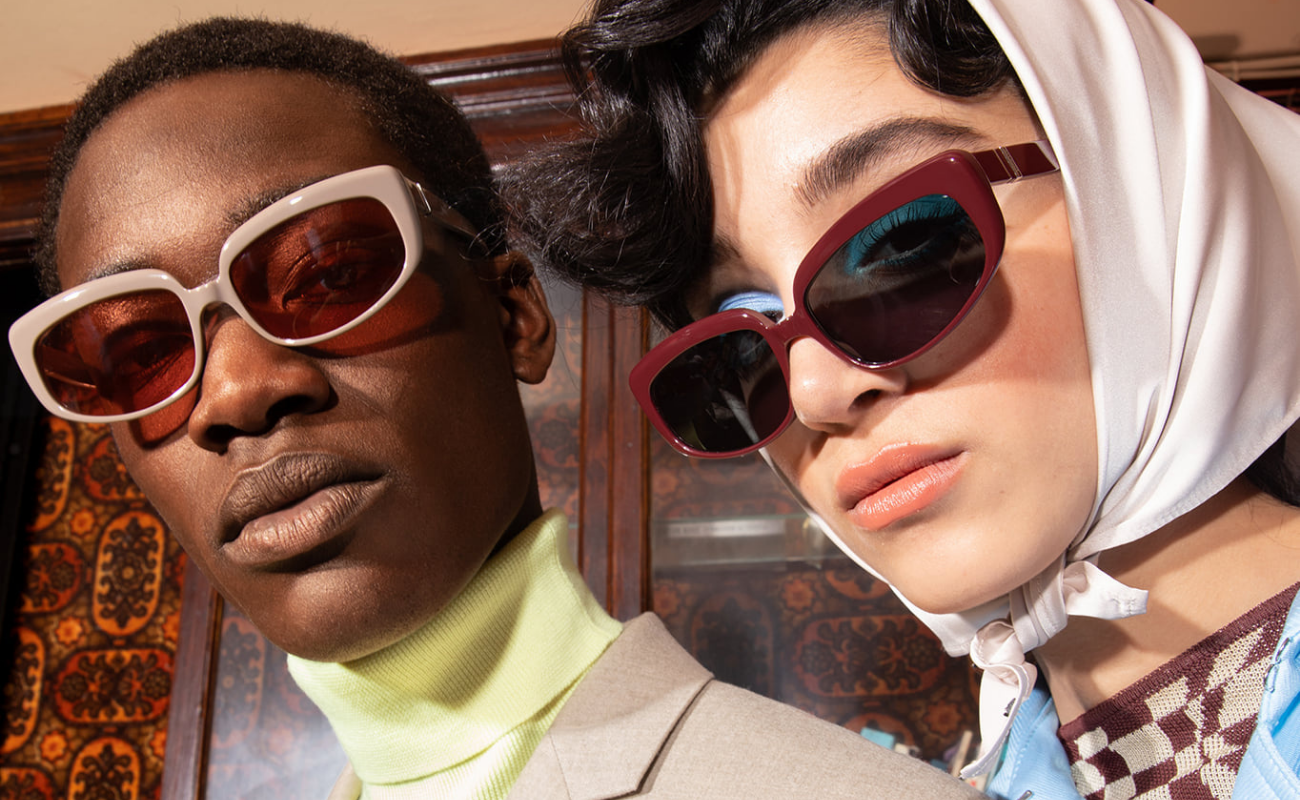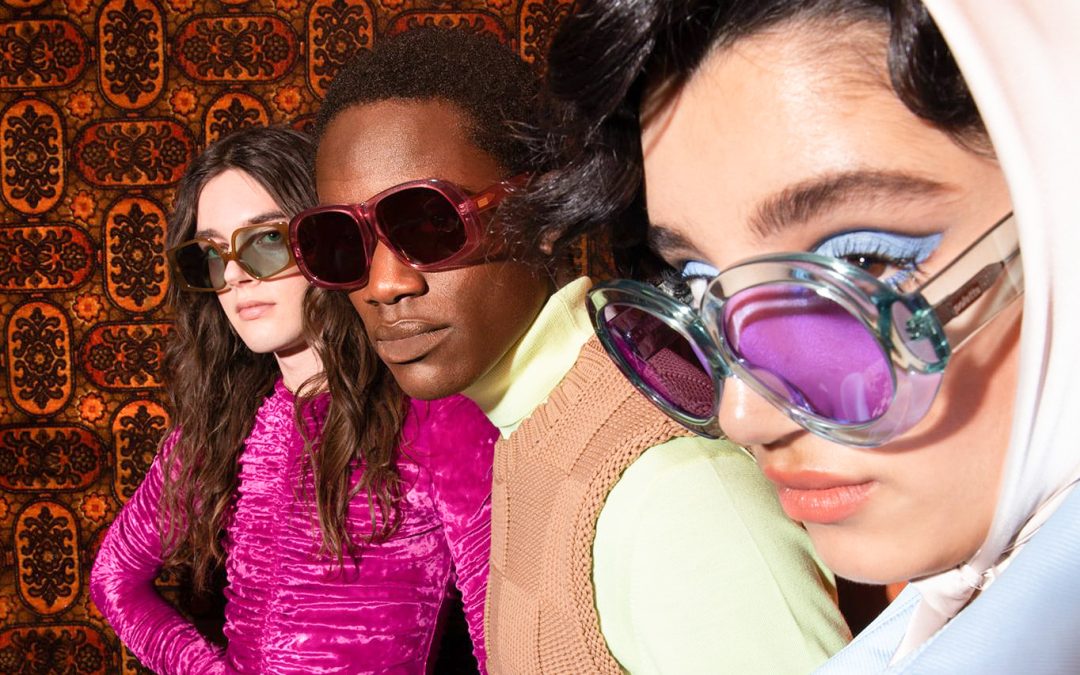
Toulouse : une nouvelle boutique de lunettes à bas prix a ouvert en plein centre-ville | Actu Toulouse

Polette Eyewear : la marque de lunettes tendances à petit prix - ChestnutsandPeonies | Blog Nice : mode, beauté et lifestyle

Découvrez les lunettes Polette et remportez une paire d'e-Polette pour mettre fin à vos maux de tête




















